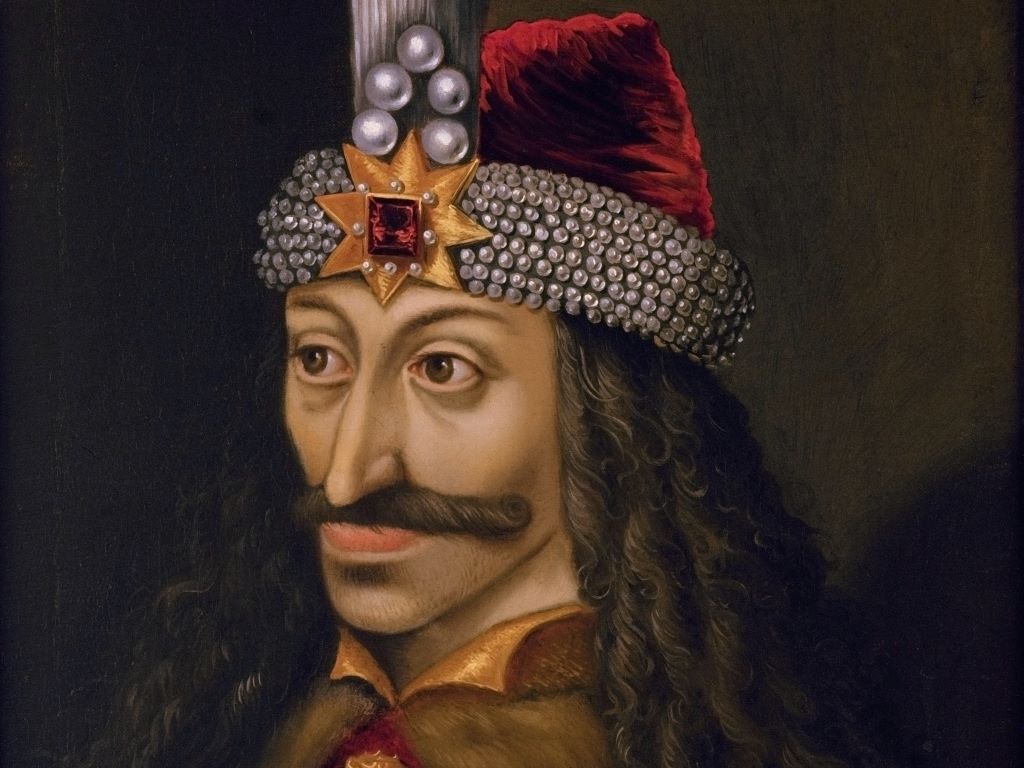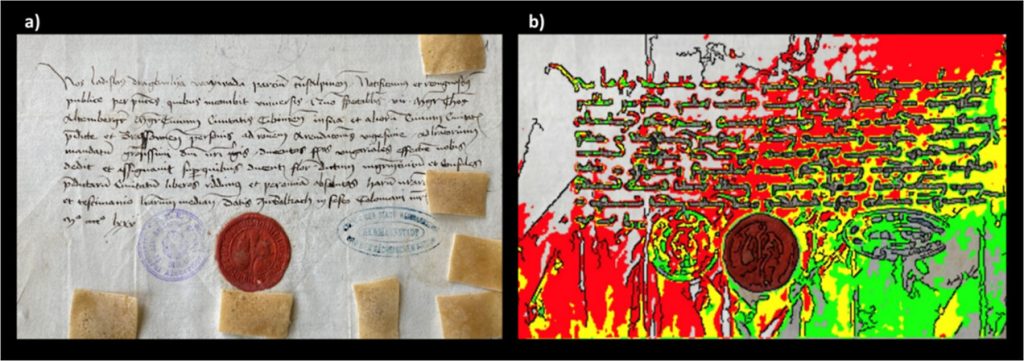New Research Shines a Light into Dark Ages Medicine

A new international research project has shown that Europe in the Dark Ages wasn’t in the dark when it came to medicine. The research, featuring faculty at Binghamton University, State University of New York reveals that people were developing health practices based on the best knowledge they had at the time – some of which mirror modern wellness trends.
“People were engaging with medicine on a much broader scale than had previously been thought,” said Meg Leja, an associate professor of history at Binghamton University who specialises in the political and cultural history of late antique and medieval Europe. “They were concerned about cures, they wanted to observe the natural world and jot down bits of information wherever they could in this period known as the ‘Dark Ages.’”
The Corpus of Early Medieval Latin Medicine (CEMLM), funded by the British Academy, has collected hundreds of medieval manuscripts containing medical material predating the 11th century. Countless manuscripts that have been left out of previous catalogs were included, nearly doubling the number of known medical manuscripts from the Dark Ages.
Some of the recipes resemble health hacks promoted by modern-day influencers, from topical ointments to detox cleanses. Have a headache? Crush the stone of a peach, mix it with rose oil and smear it on your forehead. It might sound odd, but one study published in 2017 showed that rose oil may actually help alleviate migraine pain.
Then there’s lizard shampoo, where you take pieces of lizard to help your hair become more luscious and flowing – or even to remove it, a modern-day parallel to waxing.
“A lot of things that you see in these manuscripts are actually being promoted online currently as alternative medicine, but they have been around for thousands of years,” said Leja.
Leja spent the last two years with the rest of the team preparing the new catalogue (which was just released online), reviewing manuscripts from throughout Europe, and editing and formatting the catalog. She had previously written about medieval medicine in her first book, Embodying the Soul: Medicine and Religion in Carolingian Europe.
Many of the writings were found within the margins of books totally unrelated to medicine—manuscripts on grammar, theology, poetry , etc. Leja said that this speaks to a preoccupation with the body’s health and figuring out ways to control it.
“It’s true that we do lack a lot of sources for the period. In that sense, it is ‘dark.’ But not in terms of any kind of ‘anti-science’ attitudes—people in the early Middle Ages were quite into science, into observation, into figuring out the utility of different natural substances, and trying to identify patterns and make predictions” said Leja.
The research team will continue to update the catalogue with new manuscripts and are working on new editions and translations of medical texts that could be used in teaching. Leja noted that while previously catalogues focused on texts from well-known authorities like Hippocrates, this isn’t necessarily material that people in the Dark Ages would have prioritised, and a more comprehensive catalogue will allow historians to show medicine in its fullness.
The Corpus of Early Medieval Latin Medicine (CEMLM) is available online, produced by team members from Binghamton, Fordham, St. Andrews, Utrecht, and Oslo.
Source: Binghamton University



